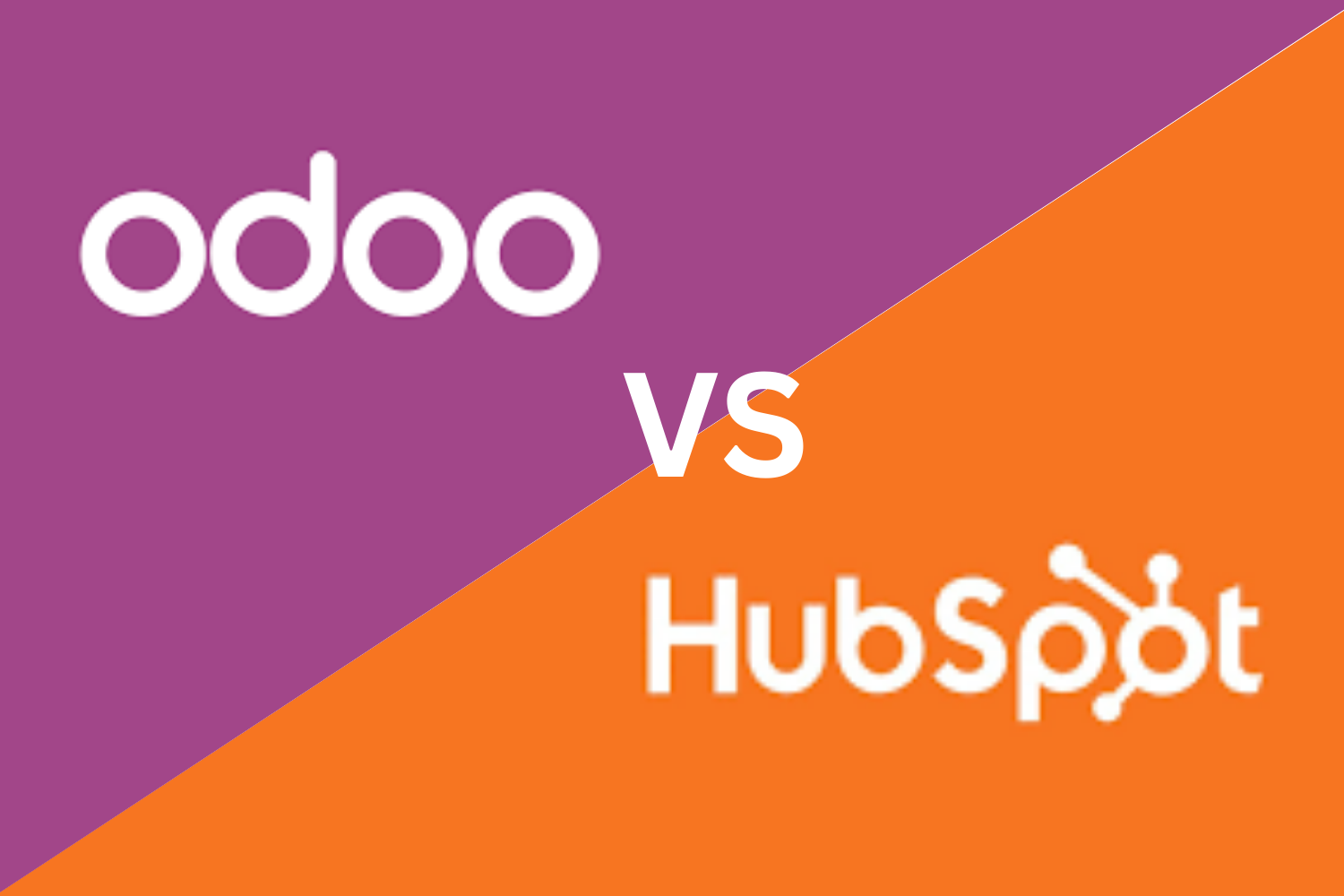Demand forecasting helps businesses make smart decisions about what to stock, when to stock it, and how much to buy or produce. Whether you’re managing a retail store, an online business, or a manufacturing operation, knowing what your customers will need next week, next month, or next year is key to staying ahead. With accurate demand forecasting, companies reduce waste, avoid stockouts, and plan better for the future.
What is Demand Forecasting?
Demand forecasting is the process of estimating future customer demand for a product or service using past sales data, market trends, and other insights. It helps businesses plan inventory, manage supply chains, and make informed decisions about pricing, staffing, and production. The goal is to predict demand as accurately as possible so companies can meet customer needs while keeping costs low.
Why Demand Forecasting Matters
Demand forecasting plays a key role in helping businesses stay in control of their operations. When you can predict what your customers will buy and when, you reduce guesswork and make better decisions.
Here’s why demand forecasting is important:
- Avoids overstock and stockouts
Knowing how much to order helps prevent having too much or too little inventory. - Improves cash flow
Accurate forecasts reduce excess spending and free up money for other business needs. - Supports smarter planning
Teams can schedule production, staffing, and promotions based on expected demand. - Cuts storage and holding costs
Fewer unsold goods means lower warehousing and handling costs. - Boosts customer satisfaction
Having the right products available builds trust and keeps customers coming back. - Informs pricing and marketing
Forecasts help set prices, plan campaigns, and time product launches effectively.
Demand forecasting gives you the insight to plan with confidence. It turns sales data into action and helps you grow with less risk.
Types of Demand Forecasting
There are different ways to forecast demand, depending on your business goals, time frame, and available data. Each type helps you plan for a specific period or situation.
Here are the main types of demand forecasting:
- Short-Term Forecasting
Focuses on the next few days, weeks, or months. Useful for planning daily inventory, restocking, or short sales cycles. Example: a bakery forecasting bread sales for the weekend. - Medium-Term Forecasting
Looks at trends over several months to a year. Helps with seasonal planning, staffing, and marketing. Example: a fashion brand planning for the holiday season. - Long-Term Forecasting
Covers one year or more. Used for strategic planning like new store openings, product launches, or long-term supplier contracts. Example: a manufacturer projecting demand for a new product line.
Choosing the right type of demand forecasting depends on what you want to achieve. Start with short-term needs, and expand to medium- and long-term plans as your data and business grow.
Key Methods of Demand Forecasting
There are two main ways to forecast demand: using human judgment or using data. The best method depends on what data you have, how accurate you want the forecast to be, and how fast you need it.
1. Qualitative Methods
Used when there isn’t enough historical data or when launching a new product.
- Expert Opinion
Get input from sales reps, managers, or industry experts who understand the market. - Market Research
Use surveys, focus groups, or feedback to estimate demand based on customer interest.
2. Quantitative Methods
Based on numbers and patterns from past sales or activity.
- Time Series Analysis
Looks at past sales over time to find patterns, such as monthly or seasonal trends. - Moving Averages
Smooths out short-term changes by averaging past sales over a fixed period. - Regression Analysis
Measures how different factors, like price or advertising, affect demand.
Each method has strengths. Use qualitative methods when data is limited. Use quantitative methods when you have good historical data. Many businesses combine both for better results.
Steps to Create an Accurate Demand Forecast
Creating a demand forecast doesn’t need to be complicated. You just need the right data and a simple process to follow. Here are the key steps:
Step 1: Collect Past Sales Data
Start with your sales history. Look at daily, weekly, or monthly numbers to spot patterns. More data gives better results.
Step 2: Identify Patterns and Trends
Check for seasonality, spikes, or drops. Look at how promotions, events, or price changes affected sales.
Step 3: Choose a Forecasting Method
Pick a method based on your data. If you’re launching a new product, go with expert input. If you have strong sales records, use time series or moving averages.
Step 4: Create the Forecast
Apply the method to your data. You can use a spreadsheet or forecasting software to speed up the process.
Step 5: Review and Adjust
Compare your forecast to actual sales. Update it as you go. This keeps your forecast accurate and useful.
Forecasting works best when done regularly. Start small, test your process, and improve over time.
Tools and Software for Demand Forecasting
Using the right tool can make demand forecasting faster, easier, and more accurate. These tools help you analyze data, spot trends, and create forecasts with less effort.
Here’s what to look for in a good demand forecasting tool:
- Easy data input from your sales system
- Clear dashboards that show patterns over time
- Automatic updates based on live sales
- Custom reports that fit your business goals
- Integration with inventory or POS systems
Some businesses still use spreadsheets. While this works for basic forecasting, it gets harder as your business grows. Software tools save time and reduce errors.
Examples of Popular Tools:
- Excel or Google Sheets (basic use)
- Zoho Inventory
- NetSuite
- Forecast Pro
- ArmPOS – a simple, cloud-based solution that supports small retailers with built-in demand tracking, real-time stock updates, and easy forecasting tools.
Whether you’re just starting out or looking to improve your existing setup, explore tools that match your size, industry, and data needs. Most offer free trials so you can test before you commit.
Common Challenges and Mistakes to Avoid
Even with the right tools and data, demand forecasting can go wrong if you’re not careful. Knowing what to avoid helps you stay on track and make better decisions.
Here are common mistakes to watch out for:
- Guessing instead of using data
Relying on gut feeling or rough estimates leads to poor planning. Always base your forecast on real numbers. - Using outdated data
Old sales data may not reflect current trends. Use the most recent and relevant information. - Ignoring seasonality and trends
Demand often changes with seasons, holidays, or market shifts. Include these patterns in your forecast. - Not updating the forecast
Business conditions change. Review your forecast regularly and adjust it based on new data. - Choosing the wrong method
Not all methods fit every situation. Use simple tools for short-term needs and more advanced ones for longer planning. - Overcomplicating the process
Keep it simple. Start with one product or category. Then expand as you build confidence.
Avoiding these mistakes will save time, reduce costs, and lead to more reliable forecasts.
Real-World Examples of Demand Forecasting
Demand forecasting is used in many industries every day. These examples show how different businesses apply it to stay ready and reduce waste.
Retail – Preparing for Holidays
A supermarket looks at sales from last year’s holiday season. It seems that drinks and snacks sell more in December. The store uses this data to order the right amount of stock ahead of time, avoiding empty shelves or unsold goods.
Fashion – Planning for Seasonal Trends
A clothing brand reviews sales from past spring collections. It spots a steady rise in demand for linen shirts each March. Using this insight increases production before the season starts and avoids late restocking.
E-commerce – Launching a New Product
An online store checks demand for similar products before launching a new one. It runs a short survey, combines it with past sales data, and uses a simple forecast to decide how much stock to order for the launch.
Small Business – Managing Inventory Daily
A small electronics shop tracks daily sales through its POS system. With tools like ArmPOS, it sees which products sell fastest and sets reorder points to avoid running out during peak hours.
These examples show that forecasting works for all business sizes. Whether you sell online or run a physical shop, having the right data helps you plan smarter.
Benefits of Getting Demand Forecasting Right
When demand forecasting is done well, it becomes a key driver of business success. It helps you plan better, save money, and serve your customers with more confidence.
Here are the main benefits:
- Less overstock and waste
You order what you need, when you need it—no more shelves full of unsold products. - Fewer stockouts
Products stay available when customers want them, which keeps sales and trust high. - Smarter inventory planning
You keep stock levels in check, reduce holding costs, and free up cash flow. - Better decision-making
With data-backed forecasts, teams can plan pricing, staffing, and marketing with more clarity. - Faster response to changes
Regular forecasting helps you react quickly to shifts in demand, seasons, or customer trends. - Higher customer satisfaction
Having the right products at the right time improves the shopping experience and builds loyalty.
Accurate demand forecasting makes your business leaner, more prepared, and more profitable.
Conclusion
Demand forecasting is not just for large companies; it works for businesses of all sizes. When you use data to predict what your customers will buy, you reduce waste, avoid missed sales, and plan with confidence.
Start simple. Use your sales data, choose a method that fits, and adjust as you grow. Tools like ArmPOS make it easier by turning everyday sales into real-time insights.
With the right forecast, you’re not just reacting, you’re planning. That’s how you stay ready, stay profitable, and stay in control.





